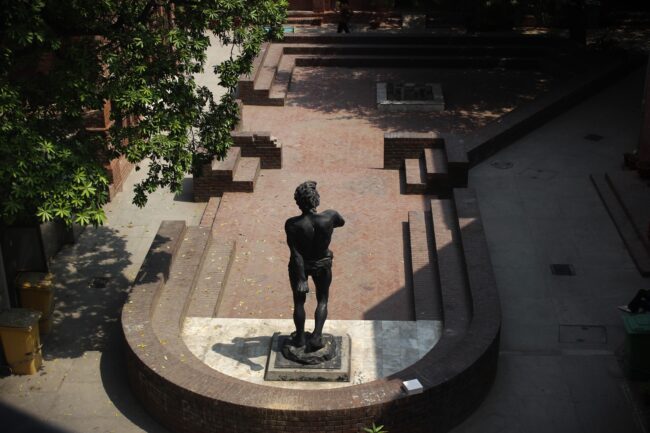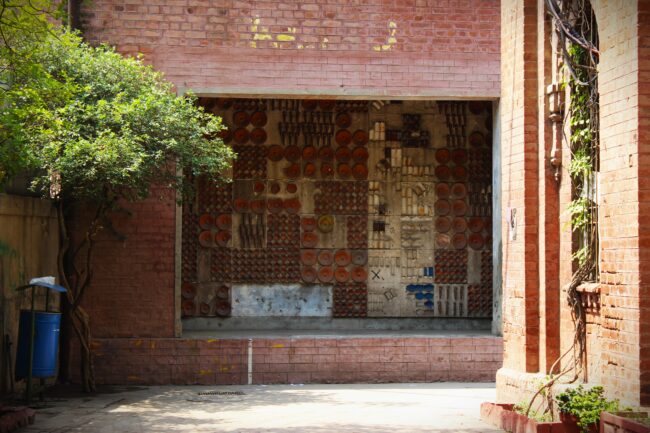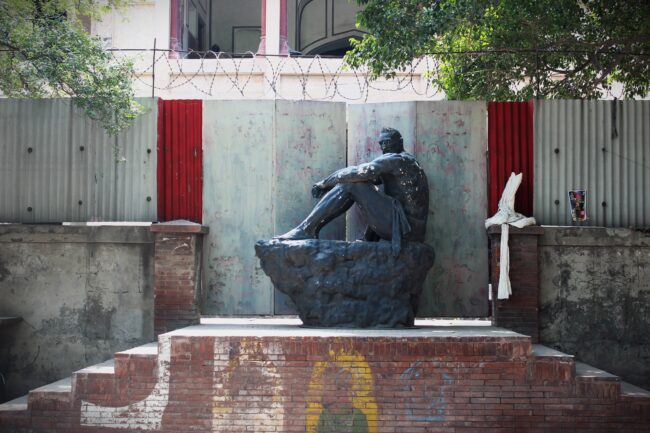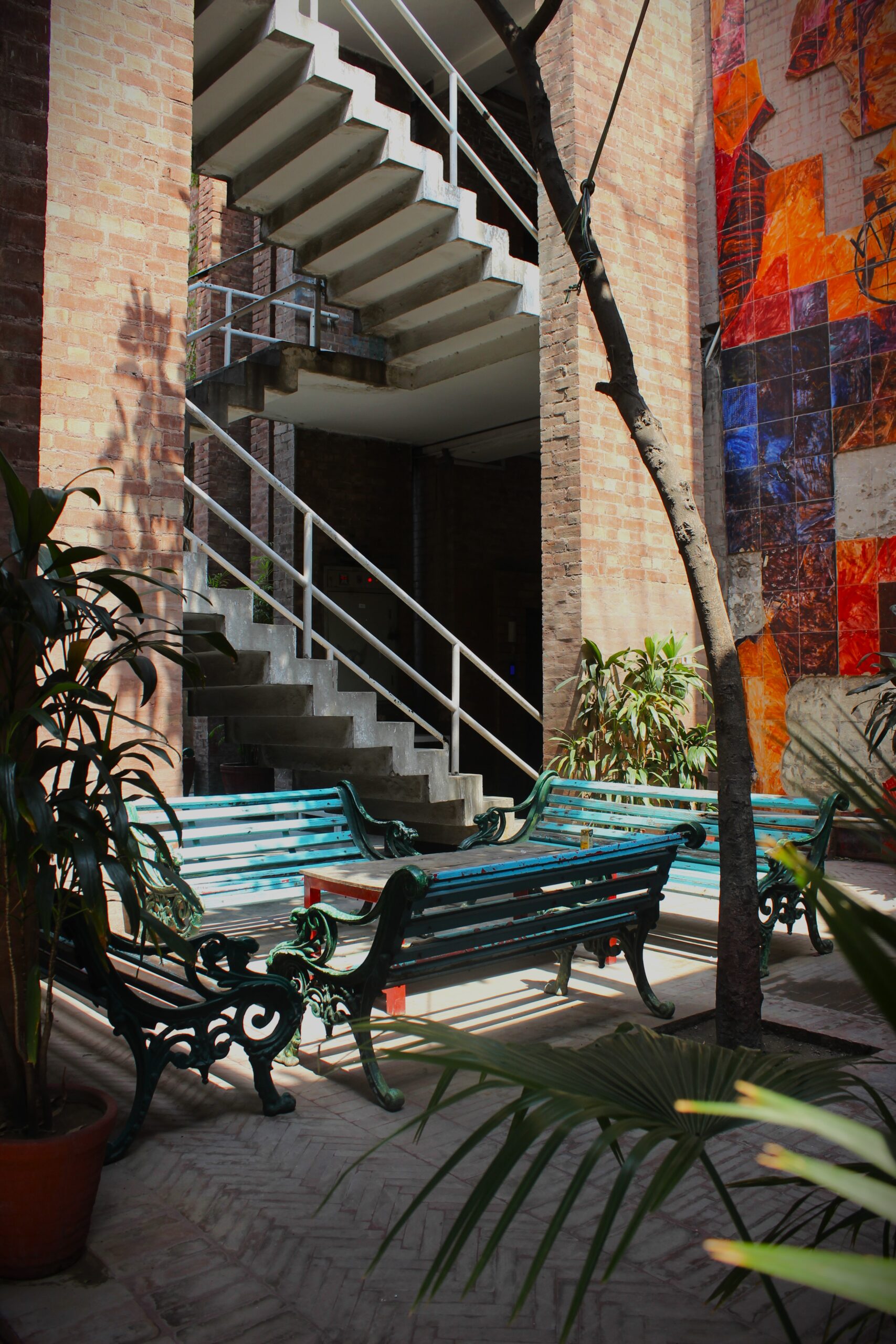Founded in 1875, the Mayo School of Arts began as a visionary institution, conceived not just as a school but as a cultural bridge. It aimed to serve
Founded in 1875, the Mayo School of Arts began as a visionary institution, conceived not just as a school but as a cultural bridge. It aimed to serve the dual purposes of catering to the aesthetic tastes of British colonial officials while safeguarding and revitalizing the rich craft traditions of Punjab. From the very beginning, it stood at the intersection of empire and artisan legacy.

One of the school’s earliest architectural landmarks, the Kipling Block – today’s Administration Block – had its foundation laid on January 3, 1880, by none other than Prince Albert Victor. This structure offers one of the earliest examples of colonial engagement with Mughal design motifs, often described in period writings as embodying a “late Mughal” style. The building’s construction was overseen by Lahore’s celebrated engineer and philanthropist, Khan Bahadur Ganga Ram, whose legacy lives on in the city’s built environment.

What started as a modest building with just six rooms evolved rapidly. Temporary expansions made in 1881 were eventually formalized a decade later under the guidance of the then Principal. By 1902, the school had transformed into a full-fledged hub of technical excellence, complete with dedicated workshops and a photolithography studio. Enhancing the grandeur of its entrance was a fountain designed by the legendary craftsman Sardar Bahadur Bhai Ram Singh, also known for his work on Queen
Victoria’s Osborne House. The building itself, while architecturally restrained, is adorned with elegant detailing – its rich red sandstone cornice, sourced from Delhi, stands testament to the school’s regional connections and aesthetic vision. As Rudyard Kipling’s father and a sculptor by training, the school’s first principal used his artistic sensibilities to shape the institution’s architectural identity.

Today, what is now the National College of Arts (NCA) occupies a coveted space in the heart of Lahore’s cultural district. Flanked by the Lahore Museum and the grand Town Hall, with Punjab University’s Old Campus just across the street, the college is immersed in a neighborhood steeped in intellectual and artistic history.

Yet, the magic of NCA is not confined to its historic walls. Just beyond its gates lies a city pulsing with creativity, where the narrow lanes between the Badshahi Mosque and the college brim with energy, craftsmanship, and material innovation. Lahore is a place where ideas take physical form – whether in metal, plastic, pigment, or pixels. It’s a city of workshops and studio spaces, where making is a way of life. For generations of NCA students, this environment has provided more than inspiration, it has been a second home, a living laboratory of art and design, and a space where tradition meets experimentation head-on.
Photographs by the Author
